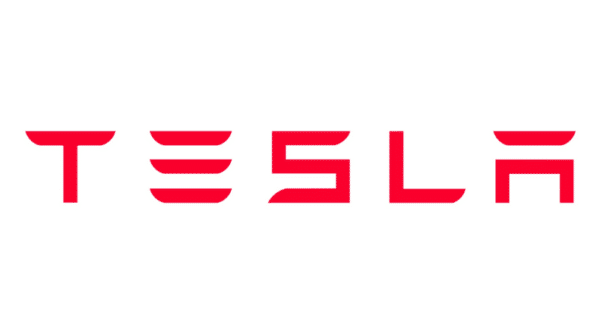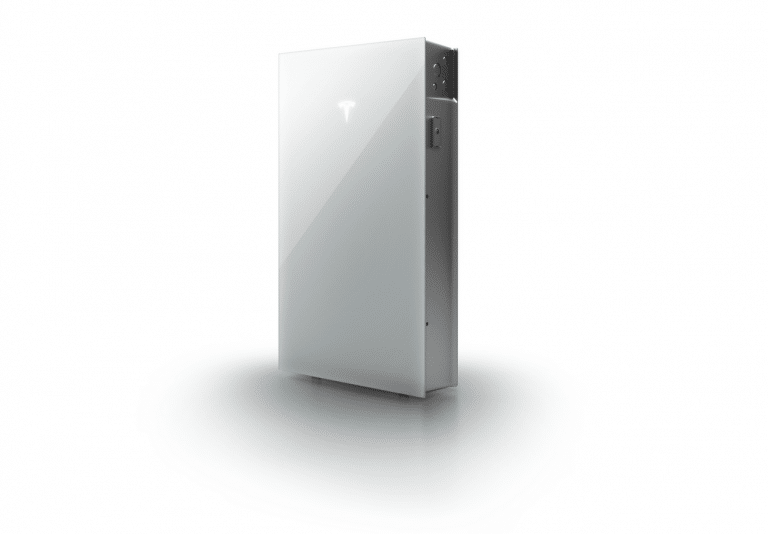
Tesla continues to deliver home energy solutions, with the anticipated launch of the Powerwall 3. The Tesla Powerwall 3 will launch in 2024 in Australia, and many are already interested in it. Below, we have listed some of its features, specifications, and pros and cons to help you decide if it’s the right kind of solar battery for your home.

Key features of the Tesla Powerwall 3
- More powerful: Although the Tesla Powerwall 3 retains the same 13.5 kWh capacity as the Powerwall 2, it comes with an upgrade to deliver 6.5 kW more power with an 11.5 kW continuous output power.
- Integrated hybrid inverter: The Tesla Powerwall 3 can handle input directly from solar panels and batteries.
- Highly efficient: The Tesla Powerwall 3 can handle up to six solar inputs, making it an ideal solution for installing a new solar panel system.
- One-brand ecosystem: The new Tesla battery now allows seamless integration as a DC-coupled system with a round-trip efficiency of 97.5%.
Specifications of the Tesla Powerwall 3
- Energy capacity: 13.5 kWh
- On-grid power: 11.5 kW continuous
- Backup power: 11.5 kW continuous, 150 LRA motor start
- Scalability: Up to 40.5 kWh max addition per unit
- Inverter: Included (6 solar inputs)
Pros of Tesla Powerwall 3
- High performance: The Tesla Power 3 has a much higher continuous power output, which allows it to power more demanding appliances during an outage.
- Increased capacity: It maintains the same capacity of 13.5 kWh as the Powerwall 2.
- Scalable design: You can add multiple Powerwall 3 units to build a larger capacity system.
Cons of Tesla Powerwall 3
- High upfront cost: The Tesla Powerwall 3 is a significant investment and installation costs can add to the overall expense.
- Limited warranty: The warranty remains for 10 years and does not cover capacity degradation over time.
Indeed, the Tesla Powerwall 3 is a compelling upgrade over its predecessor, with a significant boost in power output. It maintains the same capacity and scalability, while the upfront cost may be challenging for some. Still, the Powerwall 3’s potential for efficient energy management and self-reliance makes it a promising option for the future of home solar power.









































